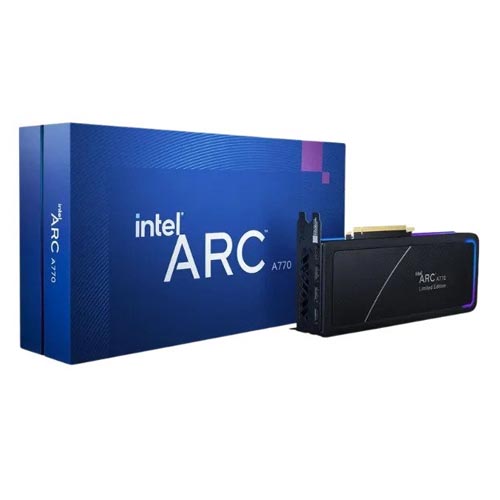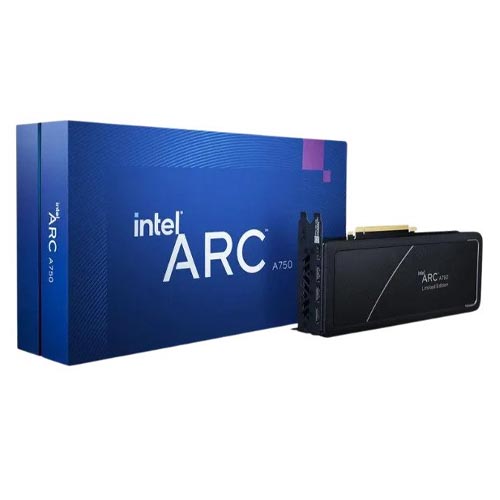INTEL ARC A770 16GB Intel Graphic Card
Rs. 31,295.00
Rs. 35,999.00
INTEL ARC A750 Dual fan 8GB Intel Graphic Card
Rs. 18,895.00
Rs. 26,999.00
ASROCK Intel Arc A380 Challenger ITX 6GB OC Edition Intel Graphic Card
Rs. 14,450.00
Rs. 22,999.00
ASROCK Intel Arc A380 Challenger ITX 6GB OC Edition Intel Graphic Card
Rs. 13,344.00
Rs. 22,999.00
ASROCK Intel Arc A380 Challenger ITX 6GB OC Edition Intel Graphic Card
Rs. 14,399.00
Rs. 22,999.00






